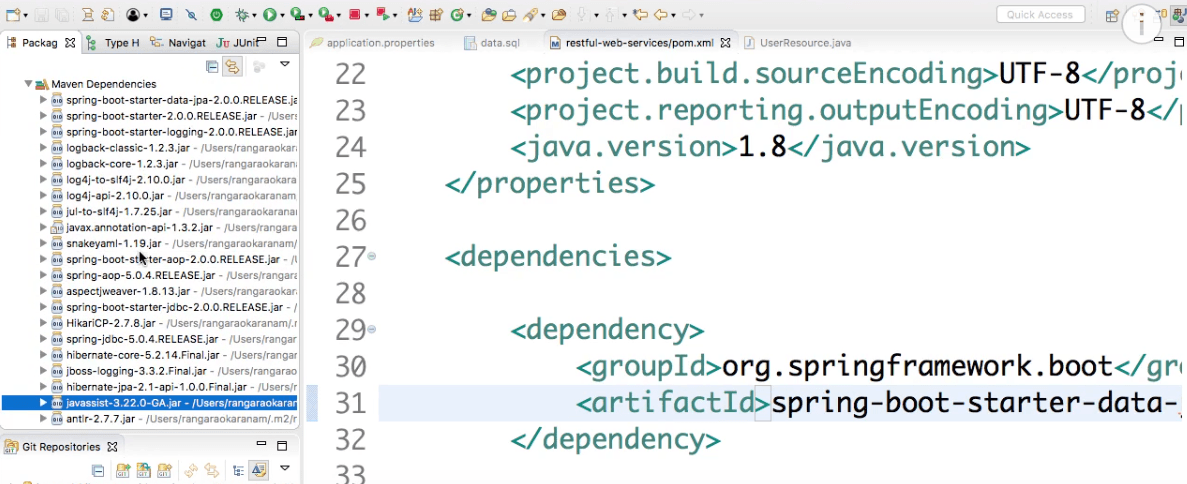
In this article, we get a brief introduction to Maven, and see how it helps in managing project dependencies.
As we go towards microservices architectures, what should a Java Programmer learn?
This is the fourth article in series of six articles on Java Programmer Essentials :
When we develop a Java software project, such as a microservice, the major dependencies we need are:
In addition to these 3 direct dependencies, we need to include their individual dependencies as well. So we need the dependencies of Spring MVC, Spring and Hibernate.
Let’s consider an example: REST API typically returns JSON responses. Spring MVC needs to convert Java Bean to JSON. It makes use of the Jackson framework to do the conversion. Jackson framework is a dependency of Spring MVC.
It is quite a task at project start-up, because you need to download a large number of JARs in the proper way, and set them up in the project folder.
The flip side of doing this manually is that each time there is a change in version of a dependency, you need to manually download the new version of dependency and its dependencies again.
Maven provides dependency management. Any Maven project contains a file called pom.xml. In this file, we specify the dependencies that we need. This is done within the
Within each

In order to describe each of the artifacts stored here, Maven uses two tags -
When Maven downloads a particular artifact, it also downloads those dependencies of this artifact that are needed in the project. These are known as transitive dependencies. This reduces the amount of effort that is spent on enumerating all the artifacts.
The truth is in the Java world, Maven does a lot more than just dependency management.
Suppose we want to deploy an application to a different environment. We do not want to take the source code and build it again!
We can create an application deployable unit JAR/WAR/EAR and use it in other environments. Maven enables us to create application deployable unit in a simple way.
This entire sequence is called a build process, thereby making Maven a build tool as well.
In this article, we had an introduction on Maven. Maven is primarily used as a dependency management tool. In a large Java project, managing application dependencies manually is a daunting task. Maven steps up by automating the dependency identification and download process. Maven is also used in the Java world as an efficient build tool.
Do check out our video on the same topic: